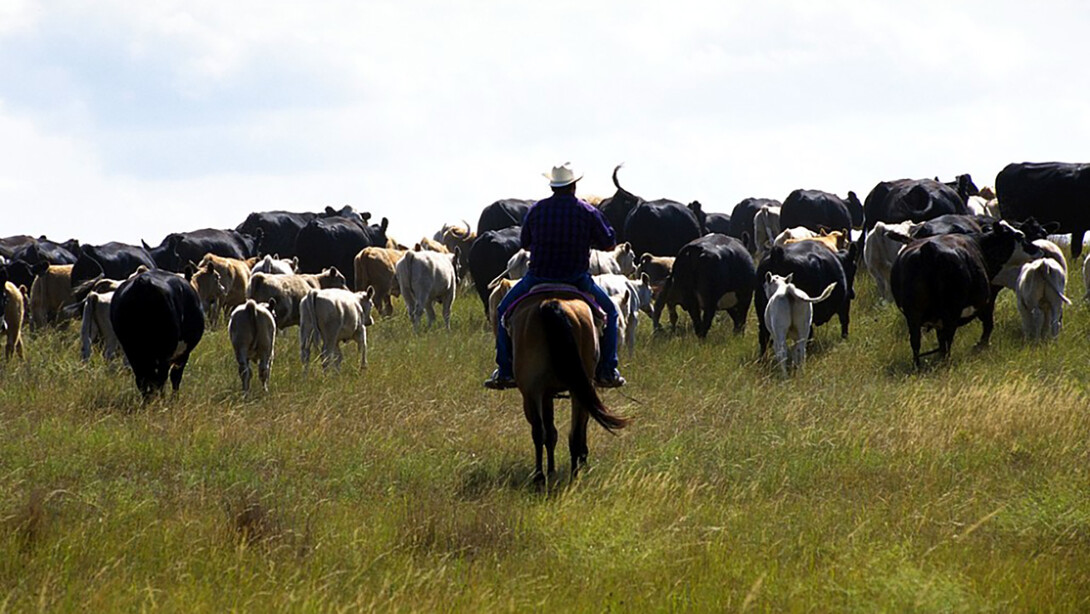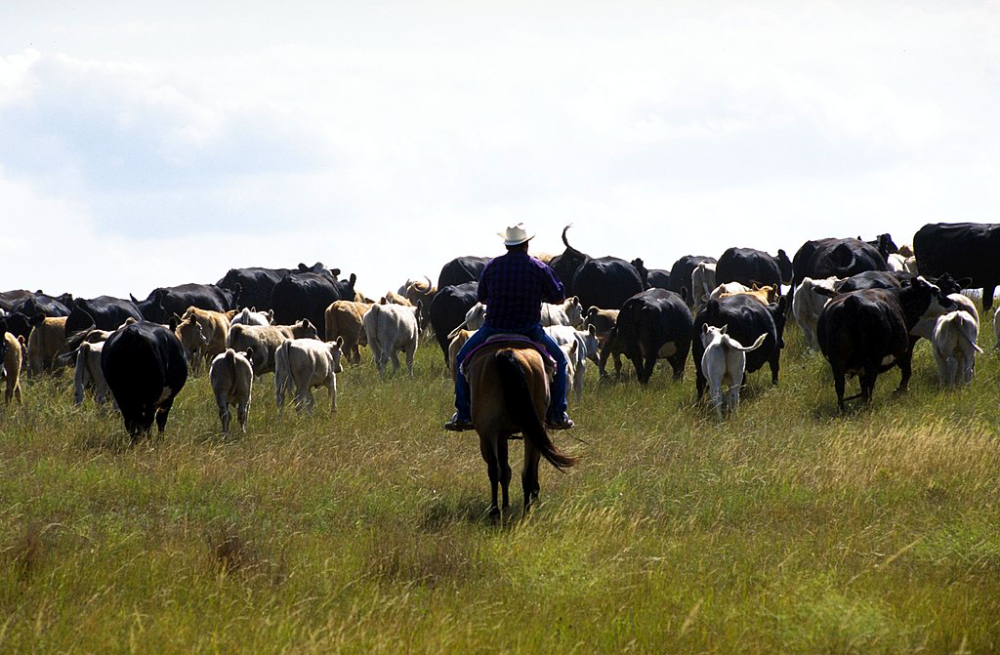
Once a drought develops, ranchers must make decisions in rapid succession to prevent problems from compounding. Do you cull cows or send home contracted grazers from other operations? Do you purchase more feed to make up for the herd’s lack of grazing options? Do you graze fall or winter pastures earlier than you previously planned?
To manage not only the operation, but the stress of running it when water is lacking, many ranchers are developing drought plans in advance. Based on research by Tonya Haigh, a rural sociologist with the National Drought Mitigation Center, those plans allow ranchers to make decisions based on specific “if-then” circumstances and triggers. The journal Rangeland and Ecological Management recently published an article by Haigh detailing the results of a survey of ranchers. She led a team that surveyed a collection of Northern Plains ranchers who endured a 2016 flash drought that significantly altered forage production in the area. Some had drought plans on file. Others did not.
Haigh said that while the drought center and other drought-preparedness agencies stress the importance of developing plans for drought, there is not much data that quantifies the difference between having one and not. This survey, the final piece of Haigh’s dissertation research, was an opportunity to examine the differences in an isolated area, western South Dakota, following a localized drought event. The survey was part of a project funded by the National Oceanic and Atmospheric Administration’s Sectoral Applications Research Program, designed to improve agricultural drought early warning capabilities in the Missouri River Basin.
Of the 250 ranchers who responded to a mail-in survey, 59% reported having an if-then plan for drought. Haigh said there was no education or experience-based discrepancy between those who had a plan on file and those who did not, but ranchers with drought plans tended to run larger-scale operations. The survey, Haigh wrote, found that having a drought plan increased the likelihood that ranchers took some actions during drought, but not others.
“Ranchers with drought plans were more likely than others to destock through some means due to drought conditions in 2016, controlling for operational factors, drought severity and any type of use of drought early warning information,” Haigh wrote. “However, ranchers with a drought plan were no more or less likely than others to purchase supplemental feed, early graze fall/winter pastures or cull their breeding herds because of the drought.”
Haigh said the survey results also showed that having a drought plan was linked with keeping a watchful eye on drought conditions. Ranchers with drought plans reported increased use and influence of on-farm rain gauges, National Weather Service reports and their own assessments of conditions on the land.
Having a drought plan in place, and monitoring for conditions that would lead them to utilize if-then strategies, led many ranchers with drought plans to destock early enough to take advantage of better market prices or secure more forage for their core herds.
“As ranchers in the region contemplate current dry conditions and wonder what 2021 will bring, this study shows that it would be worthwhile to spend time putting together or updating their plan for drought,” Haigh said. “And it also suggests that by monitoring drought and the conditions on the ranch over the winter and into the spring, ranchers can be ready to implement their plans if needed and not be caught unprepared.”
The study was led by Haigh. Co-authors included Michael Hayes of the School of Natural Resources, Jolene Smyth of the Department of Sociology, Charles Francis of the Department of Agronomy and Horticulture, Mark Burbach of the Conservation and Survey Division in the School of Natural Resources and Linda Prokopy of the Department of Forestry and Natural Resources at Purdue University.
To learn more about the development of drought plans on ranches, visit the National Drought Mitigation Center’s collection of rancher case studies here.








